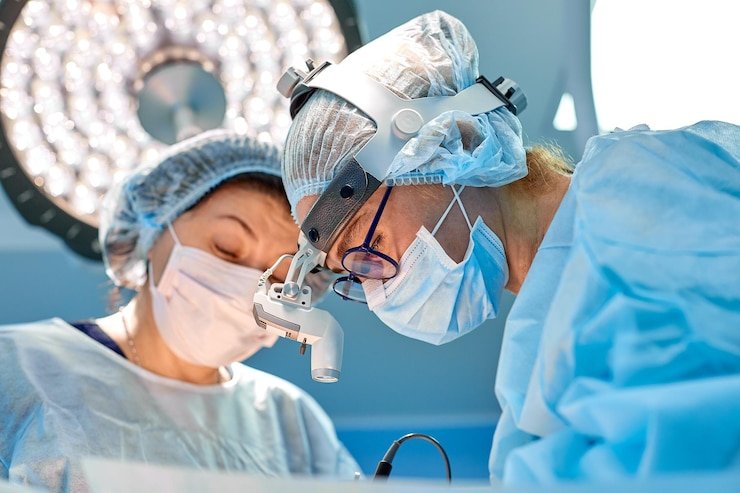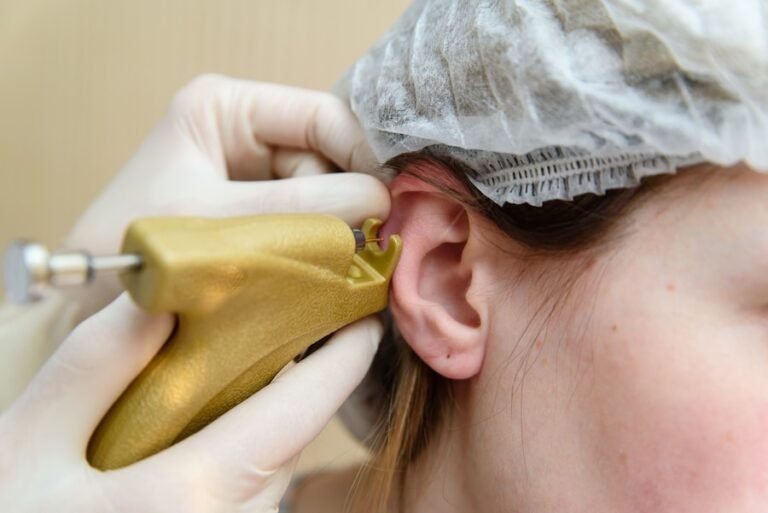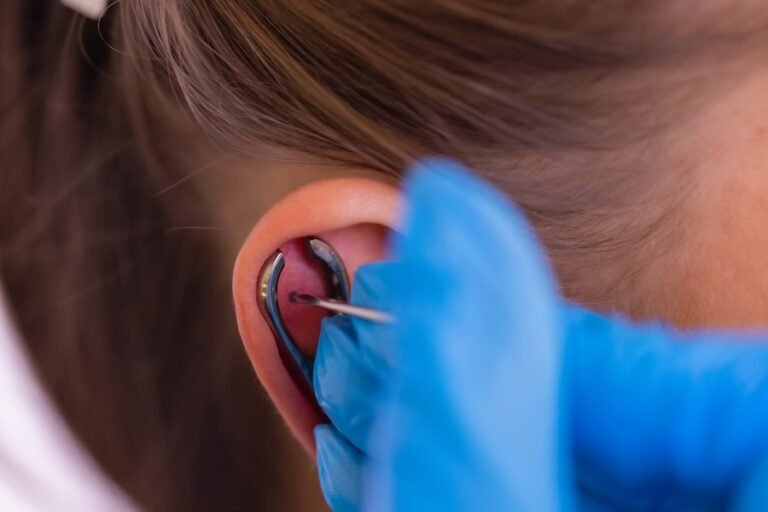Head And Neck Surgery: Enhancing Functionality And Quality Of Life
Head and neck surgery stands at the intersection of medical expertise and artistic finesse, addressing a myriad of conditions that impact vital functions and aesthetics. From thyroid disorders to facial trauma, the realm of head and neck surgery encompasses a diverse array of procedures aimed at improving functionality and enhancing the overall quality of life for patients.
A Multifaceted Discipline
Head and neck surgery is a highly specialized field within otolaryngology that focuses on treating conditions affecting the structures of the head and neck. This encompasses a broad range of anatomical areas, including the throat, mouth, nose, ears, and the complex network of glands and vessels in the neck. The surgeries conducted in this field serve not only to address medical concerns but also to restore facial aesthetics and preserve essential functions such as breathing, swallowing, and hearing.
Thyroid and Parathyroid Surgery
Conditions affecting the thyroid and parathyroid glands often require surgical intervention. Disorders such as thyroid nodules, goiters, and hyperparathyroidism may necessitate the removal of part or all of these glands. Thyroidectomy, the removal of the thyroid gland, is a common procedure to treat thyroid cancer or severe thyroid dysfunction. Precise surgical techniques are employed to minimize the risk of damage to surrounding structures, such as the recurrent laryngeal nerve and parathyroid glands, ensuring optimal functionality post-surgery.
Facial Trauma Reconstruction
Head and neck surgery plays a crucial role in the reconstruction of facial structures following trauma. Whether resulting from accidents, injuries, or congenital conditions, facial trauma can significantly impact both form and function. Surgeons employ advanced techniques in facial reconstruction to restore symmetry, address functional impairments, and, in many cases, improve the psychological well-being of patients by restoring a sense of normalcy.
Microvascular Reconstruction
In cases where extensive tissue loss occurs due to cancer, trauma, or congenital anomalies, microvascular reconstruction techniques are employed. Surgeons delicately transfer tissue from one part of the body, often using microsurgery to reattach blood vessels. This sophisticated approach allows for the recreation of complex anatomical structures, such as the jaw or tongue, restoring both appearance and function.
Salivary Gland Surgery
Disorders affecting the salivary glands, including tumors or chronic infections, may require surgical intervention. Procedures such as salivary gland excision or duct rerouting aim to alleviate symptoms, restore normal saliva flow, and prevent recurrent issues. Preservation of salivary function is essential not only for oral health but also for the overall comfort and well-being of the patient.
Advancements in Minimally Invasive Techniques
Technological advancements have significantly influenced the field of head and neck surgery, leading to the development of minimally invasive procedures. Endoscopic approaches, for instance, allow surgeons to address certain conditions through small incisions, reducing scarring, minimizing recovery times, and enhancing overall patient satisfaction.
Quality of Life Considerations
Beyond the technical aspects of surgery, head and neck surgeons prioritize the enhancement of patients’ quality of life. This involves a holistic approach that considers not only the physical outcomes but also the emotional and psychological well-being of individuals. Communication, eating, and facial expressions are integral components of daily life, and surgical interventions aim to optimize these functions while preserving or restoring a natural appearance.
In conclusion, head and neck surgery emerges as a dynamic field where medical expertise intersects with the artistry of reconstructive and functional enhancement. From addressing life-threatening conditions to restoring facial aesthetics, the impact of these surgical interventions extends far beyond the operating room. Head and neck surgery, with its commitment to enhancing functionality and quality of life, exemplifies the profound positive influence that medical advancements can have on the well-being of individuals facing complex health challenges.








